This route played a significant part of history in the 1800s:
- 1805: The Federal Road connected Chattanooga to points west for commercial trade on the Tennessee River. A local Cherokee, John Brown, claimed the land and ferry across the river. He benefitted by the growing trade in the early 1800s here.
- 1838: This road was part of the Trail of Tears when thousands of Cherokee were forced to walk to Oklahoma. Approximately 4,000 (of the 16,000) Cherokee died along the way. A tragic time in our nation’s history.
- 1863: This route, called the “Cracker Line” was used to provide supplies to the besieged Union Army in Chattanooga. This changed the tide during the siege of the city that led to a Union victory. At that point, it was a corduroyed (or log-lined) road that kept wagons from getting stuck in the mire and mud.
The trail (dog-friendly) is a 1.2-mile round trip through grassy spaces and forest.
I always enjoy capturing some shots of butterflies and local plant life.
When we reached the Tennessee River (where Brown’s Ferry crossed), our sweet doggie, Sadie, was anxious to go for a swim (as it was a very hot day).
Check out this tangle of roots!
We retraced our steps and drove next to the Chattanooga National Cemetery. Visitors can locate grave sites at a centrally located kiosk.
Congress authorized the creation of military burial grounds in 1862. Fourteen were established that year to bury soldiers who died in service to the country. By 1872, there were 74 national cemeteries where 305,492 were buried (45% were unknown). Initially, only those who died in the Civil War were buried in national cemeteries, butit was expanded to all honorably discharged veterans in 1873.
Congress appropriated $1M for grave markers: upright marble stones for identified dead; and, 6” square blocks to mark graves of the unknown.
The 32’ tall Neoclassical arch was erected by the army in 1880. It is one of 5 memorial arches the army built in southern military cemeteries. There are 12,928 interments here; 4,860 are unknown.
This structure was funded by an anonymous donor in 1997 to honor the sacrifices made the military.
James J. Andrews, a Kentucky civilian, led a daring raid with another civilian and 20 Union solders. They stealthily made their way to Georgia from TN, and stole the locomotive, General. As they steamed north to Chattanooga, they burned railroad bridges, cut telegraph lines, and destroyed track. Eventually, they were captured by the Confederates. Andrews and 7 others were hanged (others escaped). Nineteen soldiers received the Medal of Honor.
A large pond with fountains makes for a serene and contemplative setting.
Additional monuments can be seen near the flags at the highest point in the cemetery Here are a few of them.
As history lovers, we found both sites interesting. I particularly enjoy learning the details that surround historic events. For additional information about the Chickamauga and Chattanooga National Military Park, go to www.nps.gov/chch. For more information about the Chattanooga National Cemetery, go to www.cem.va.gov/cems/nchp/chattanooga.
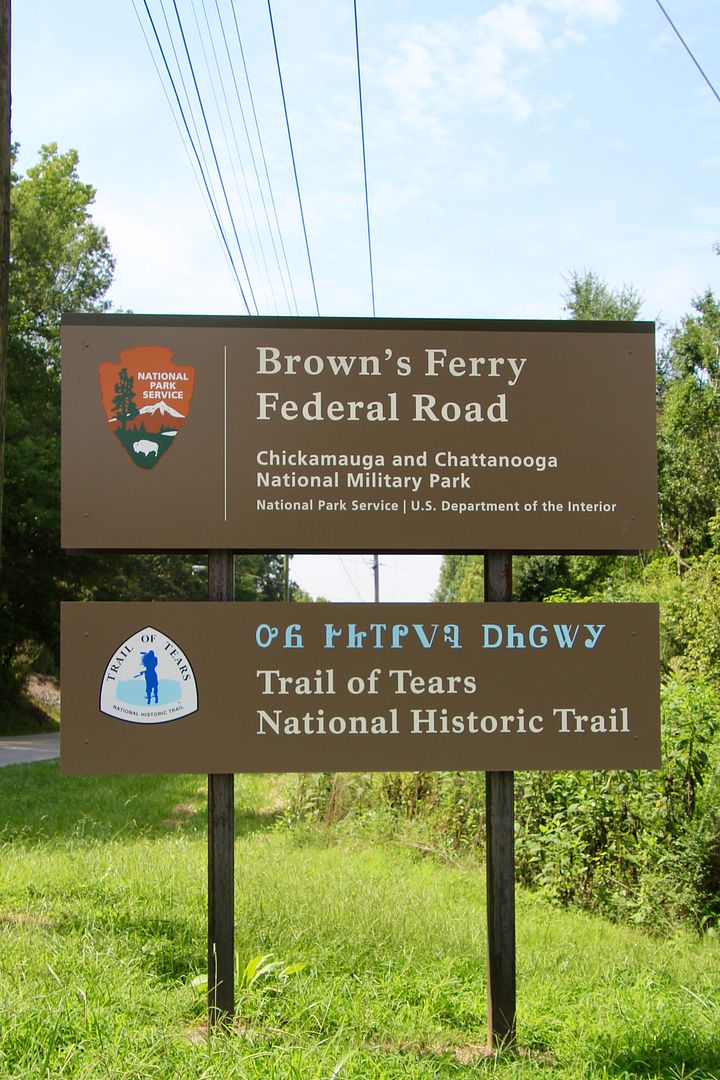
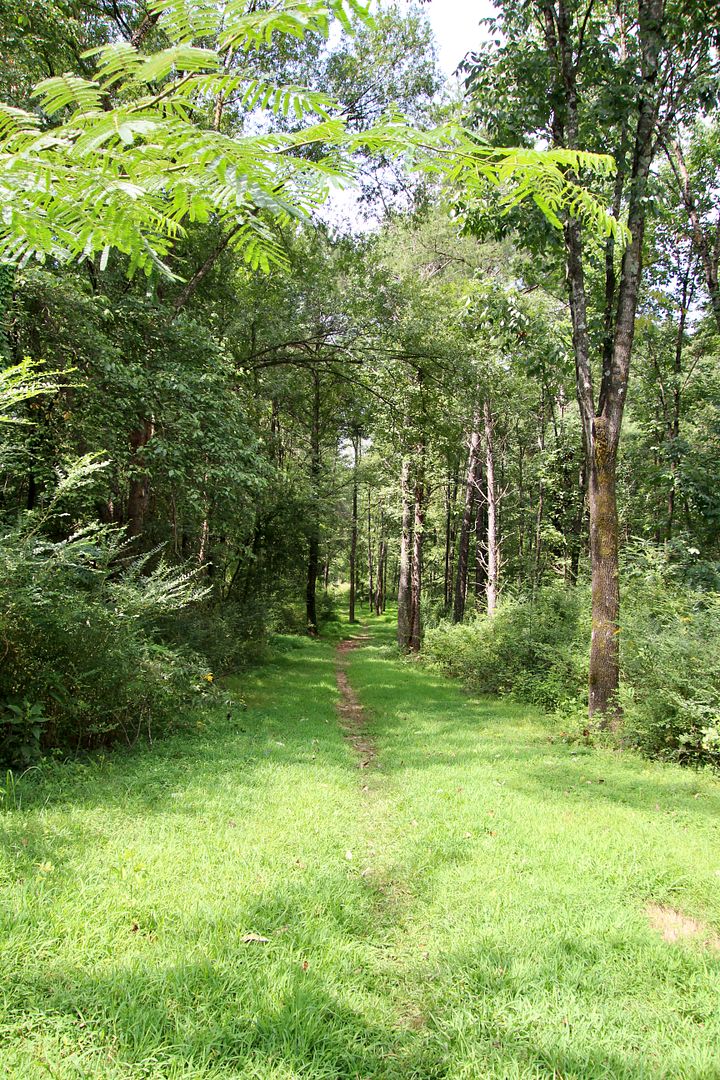


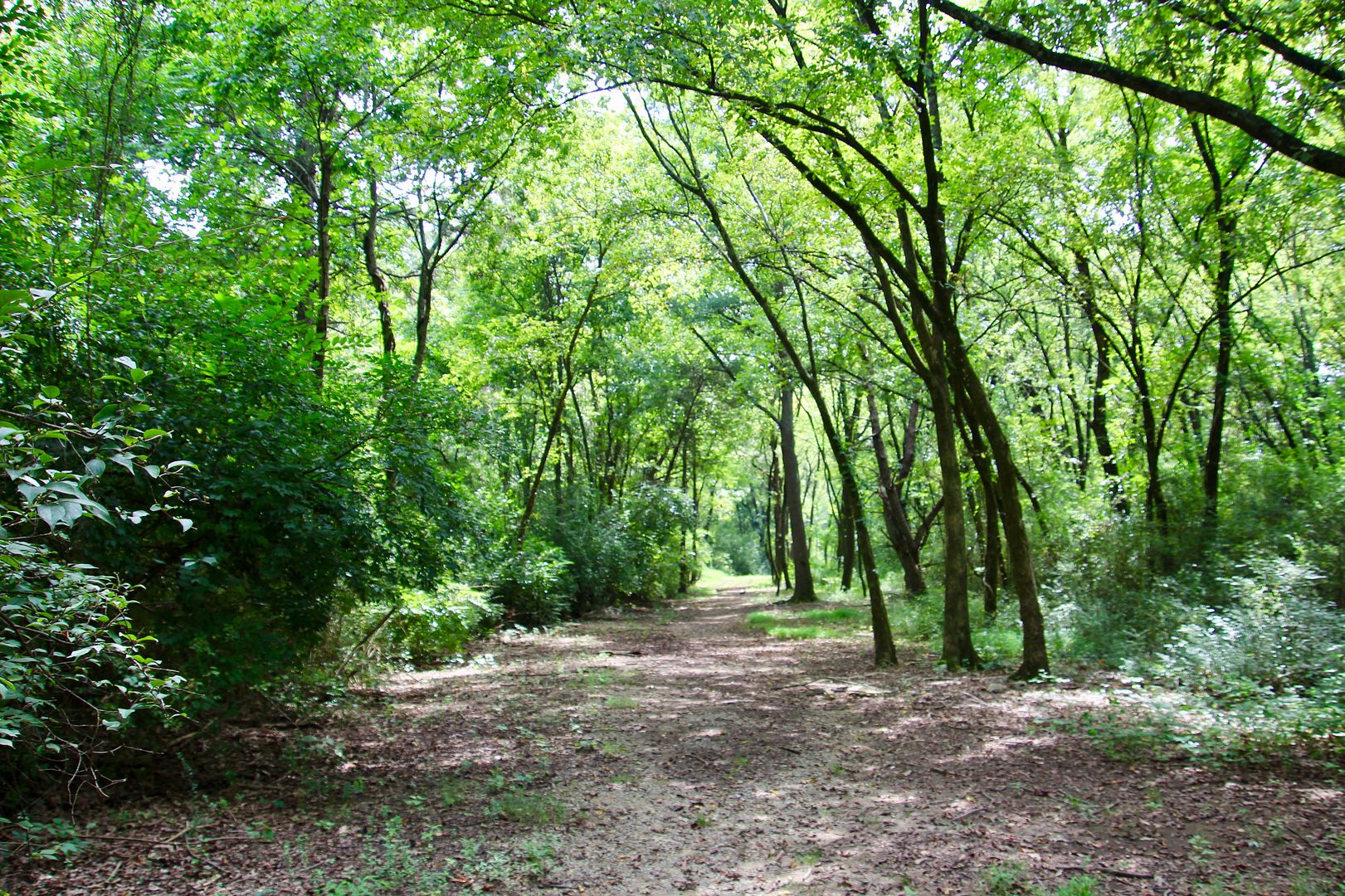


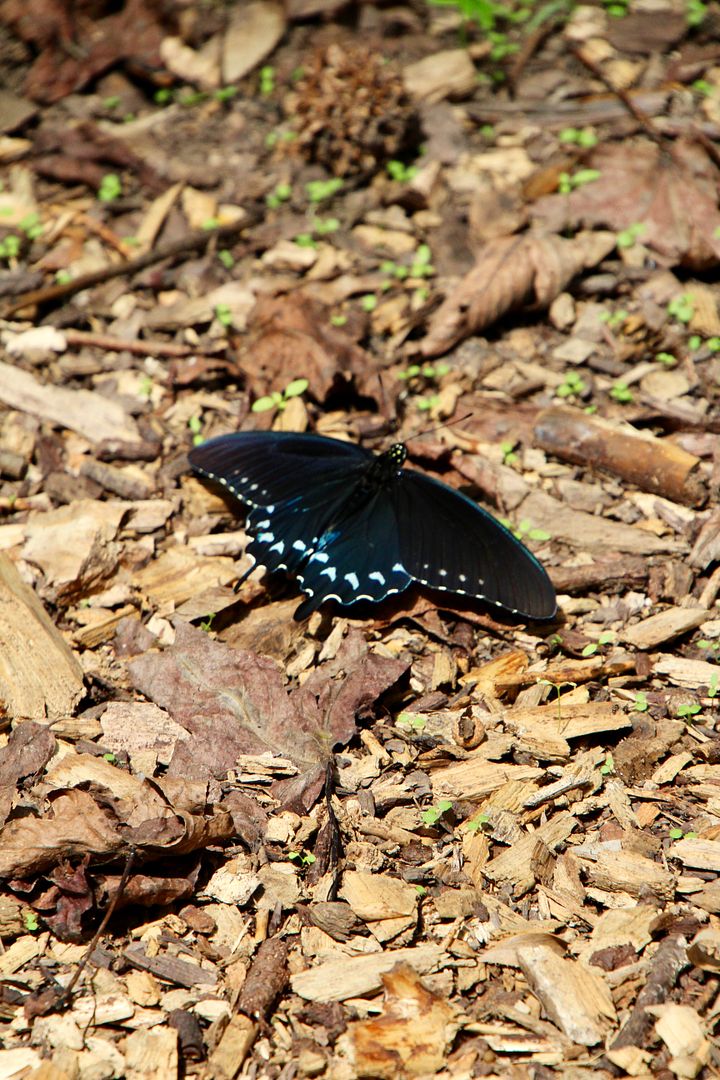


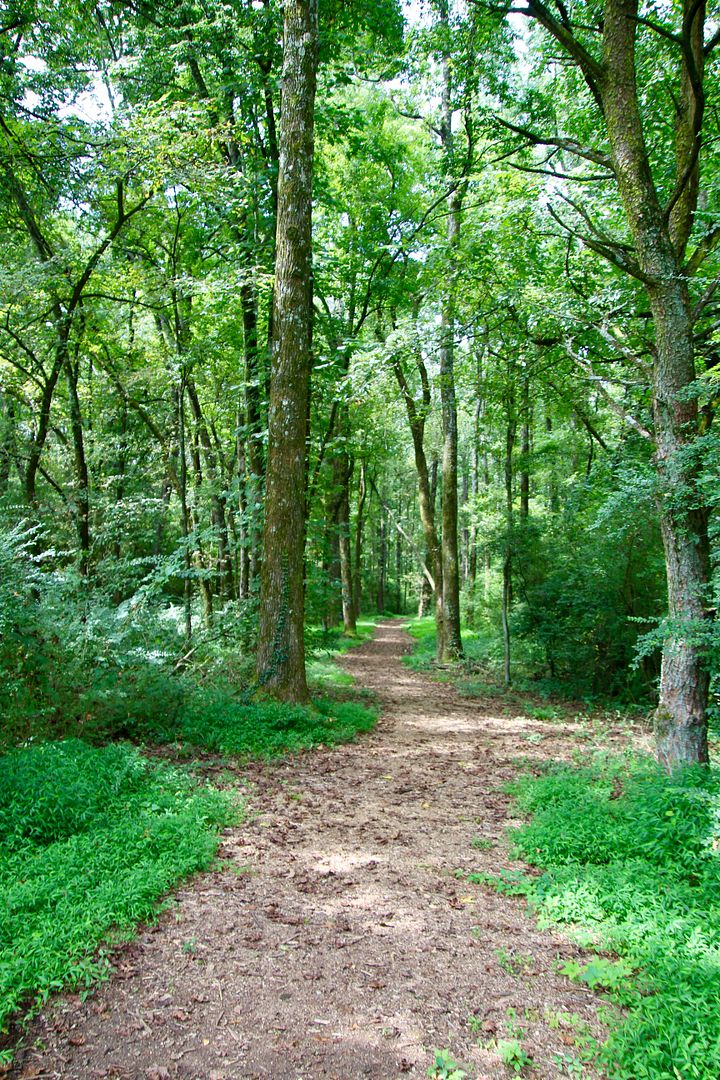
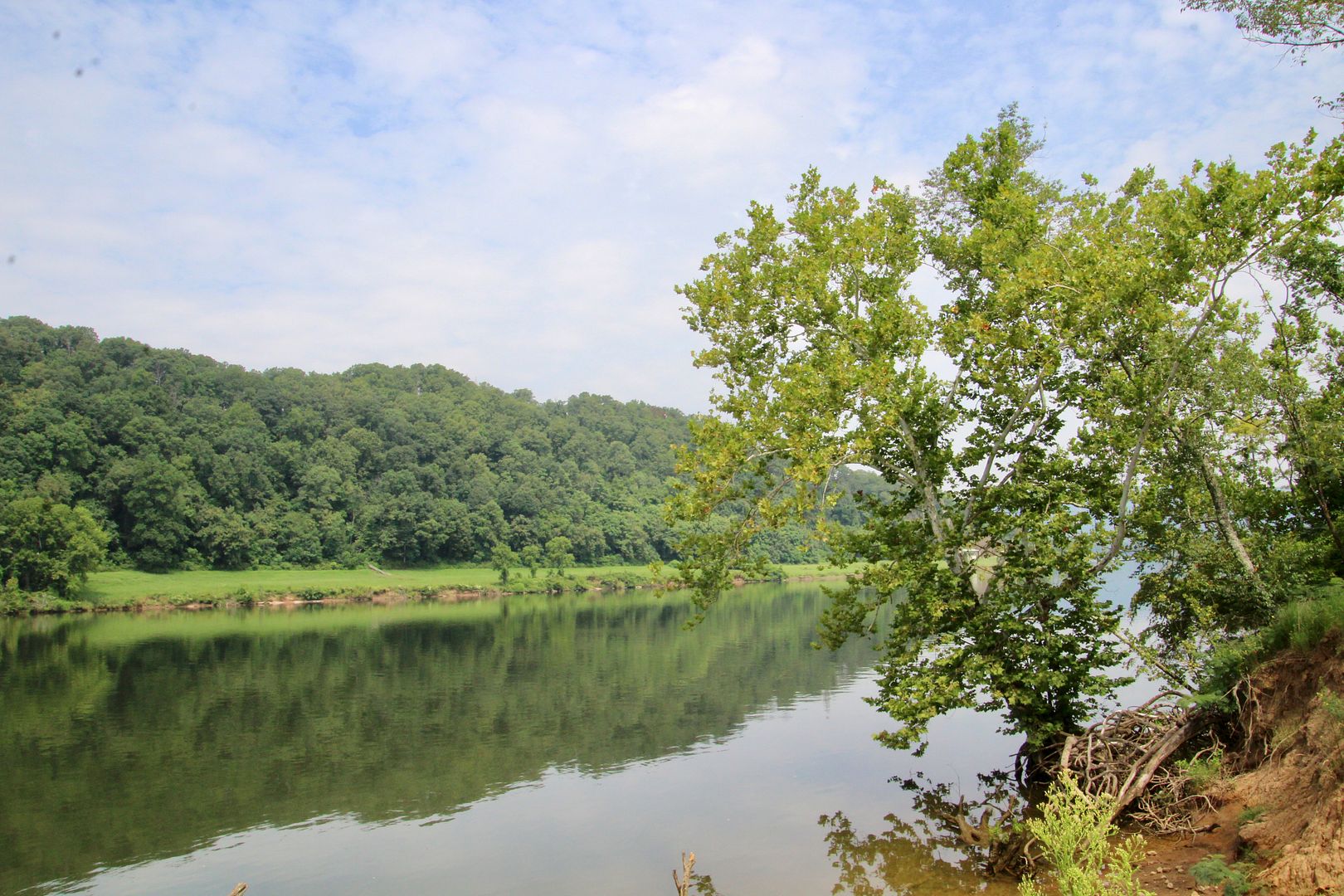

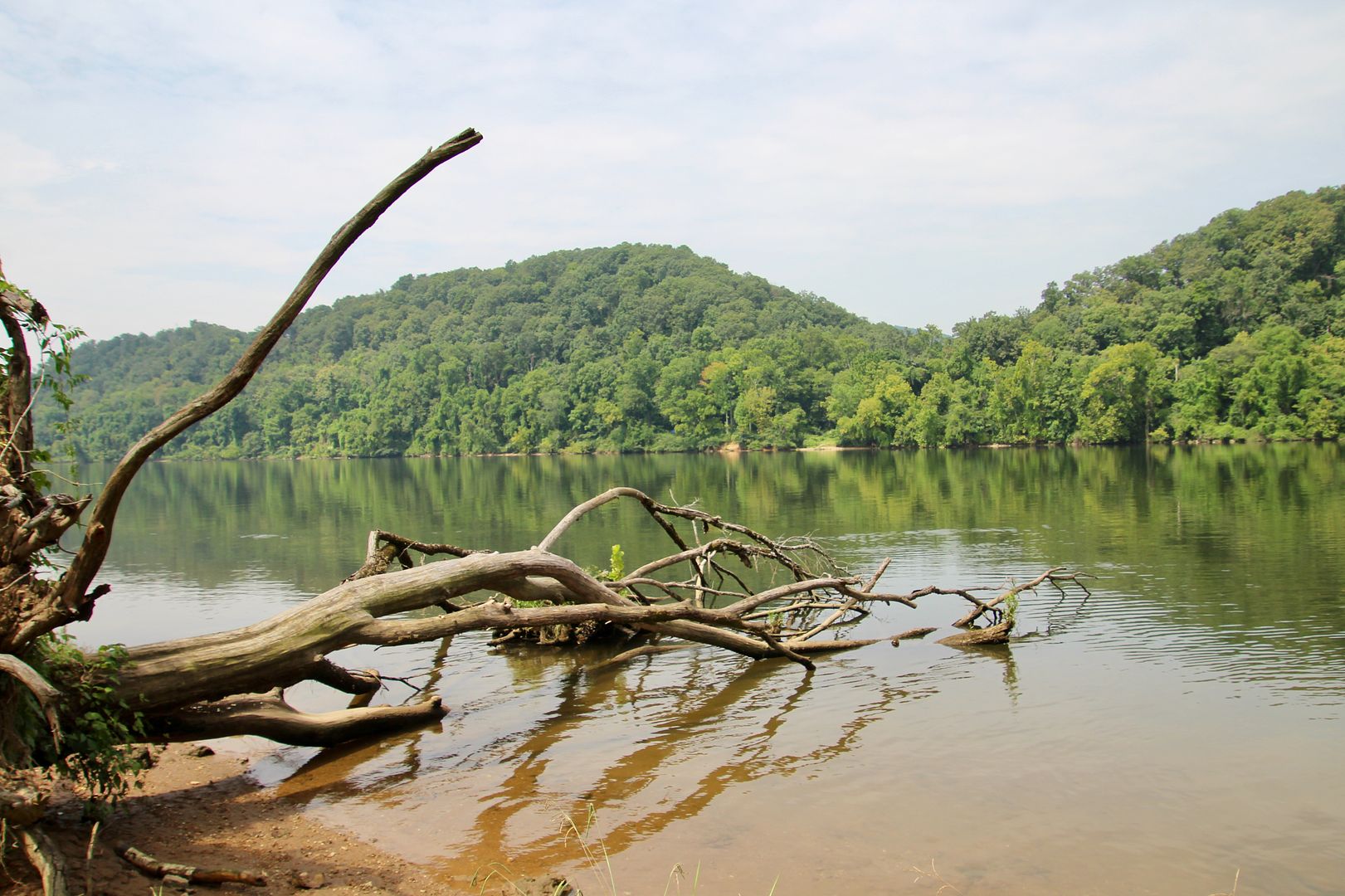
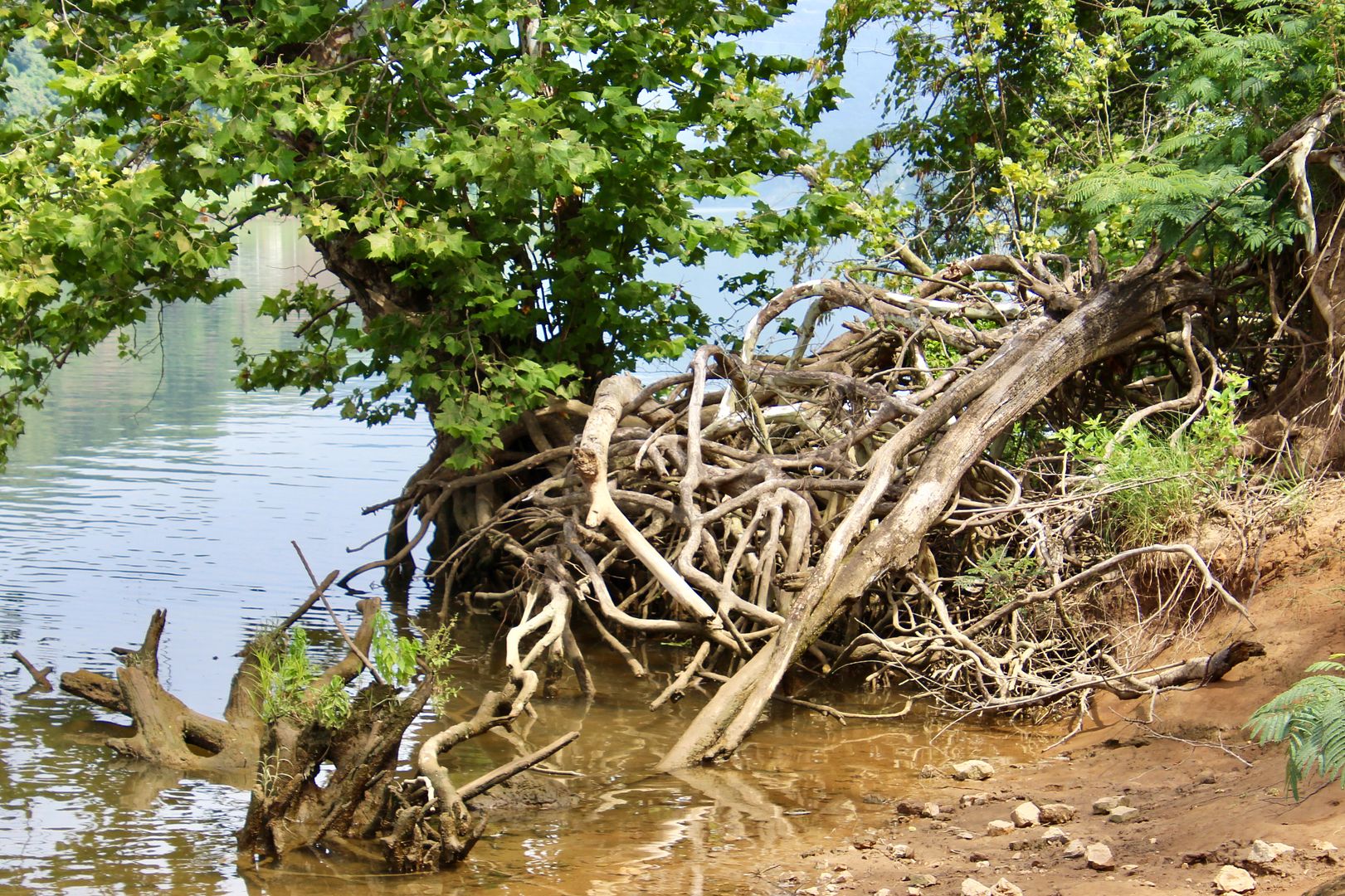
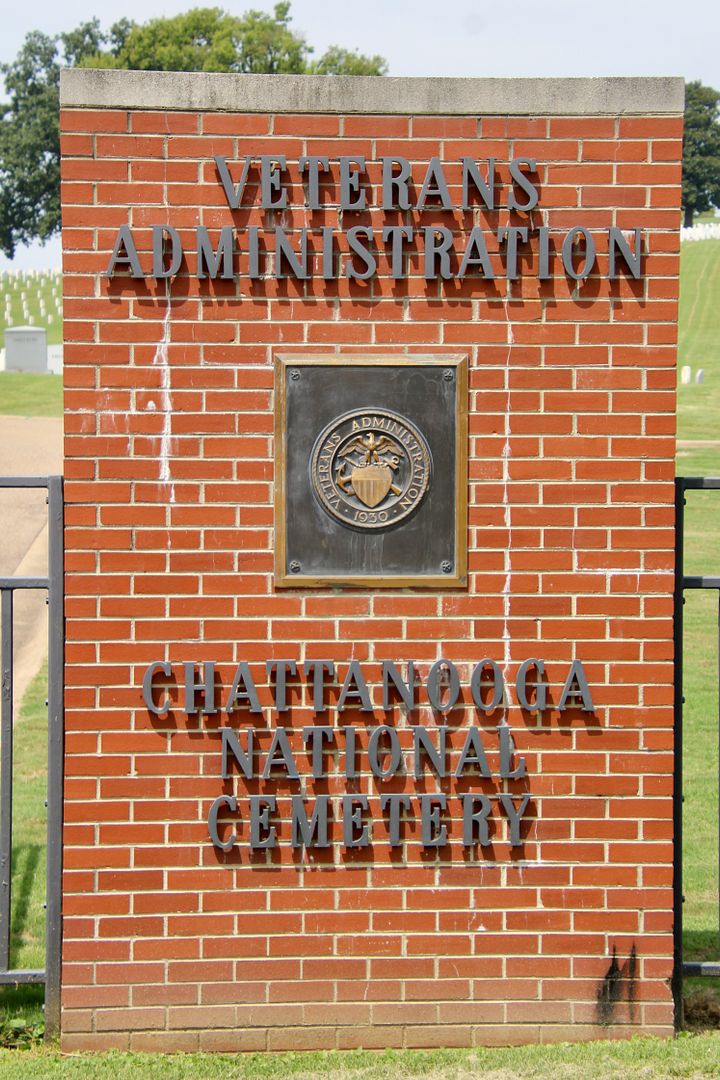
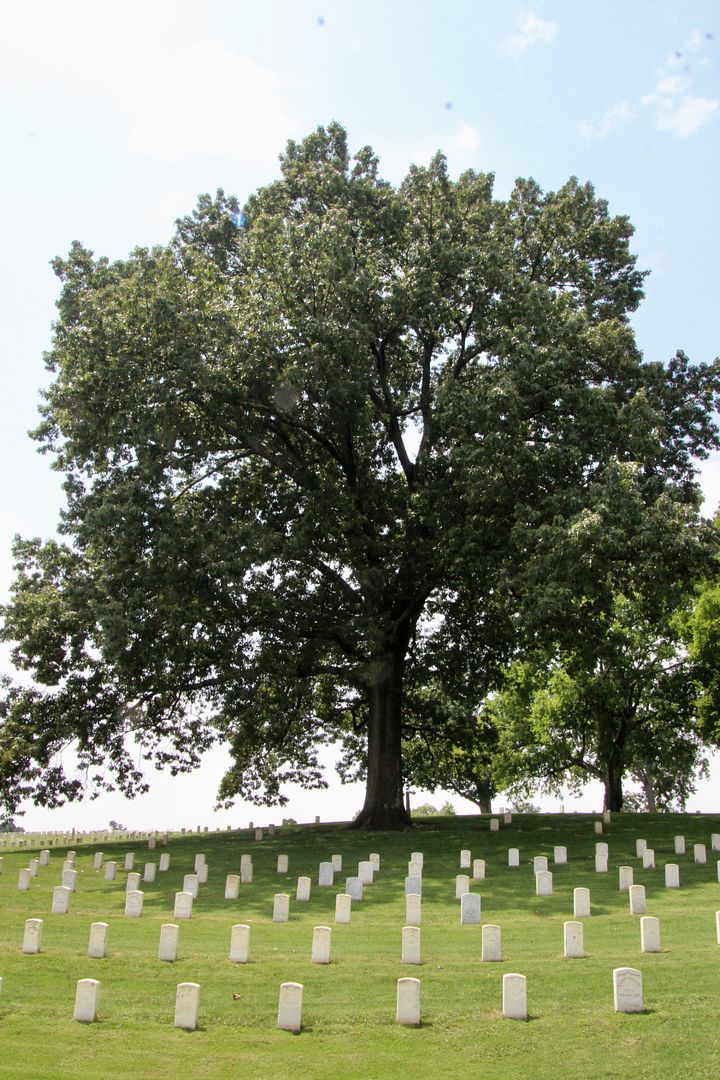
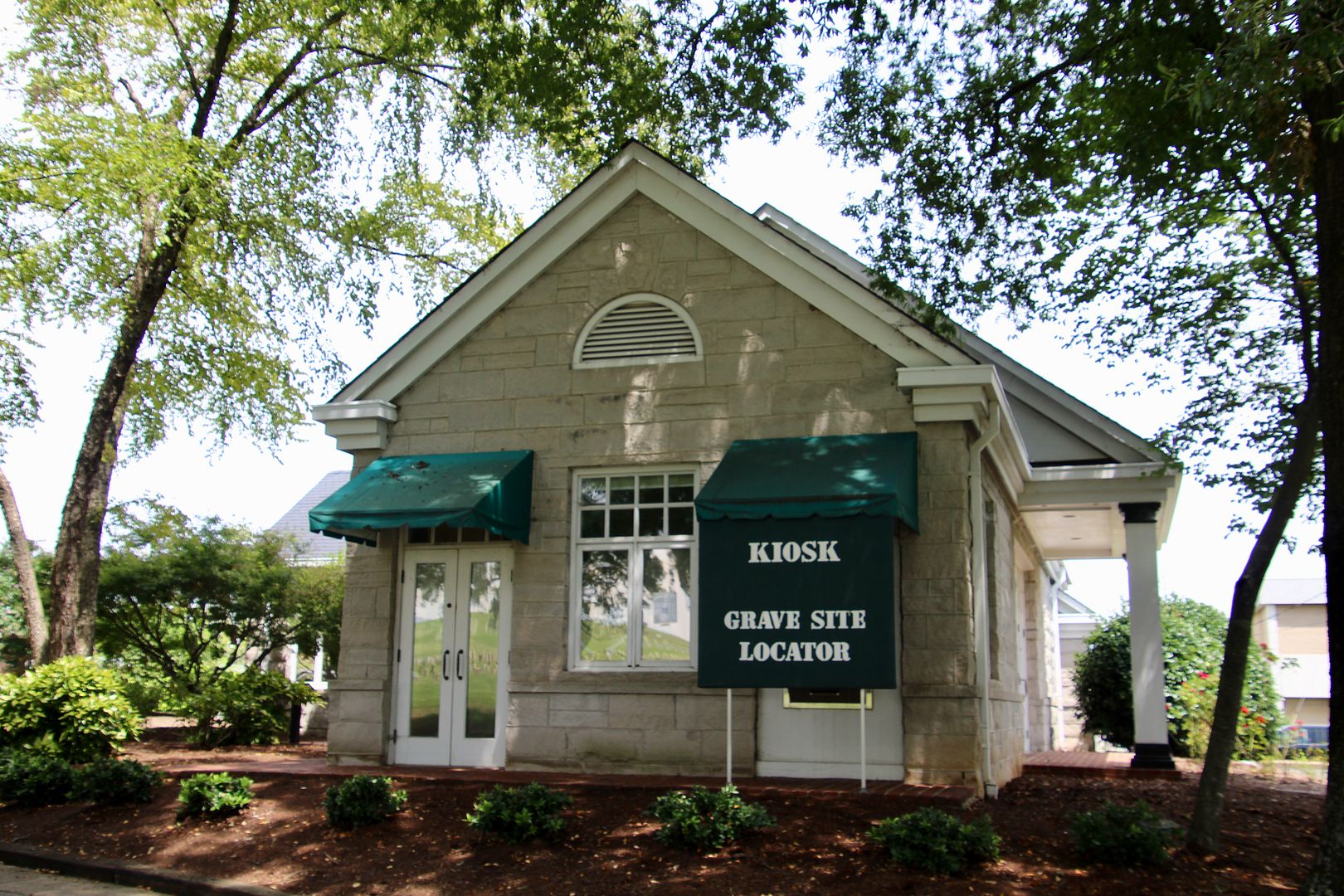
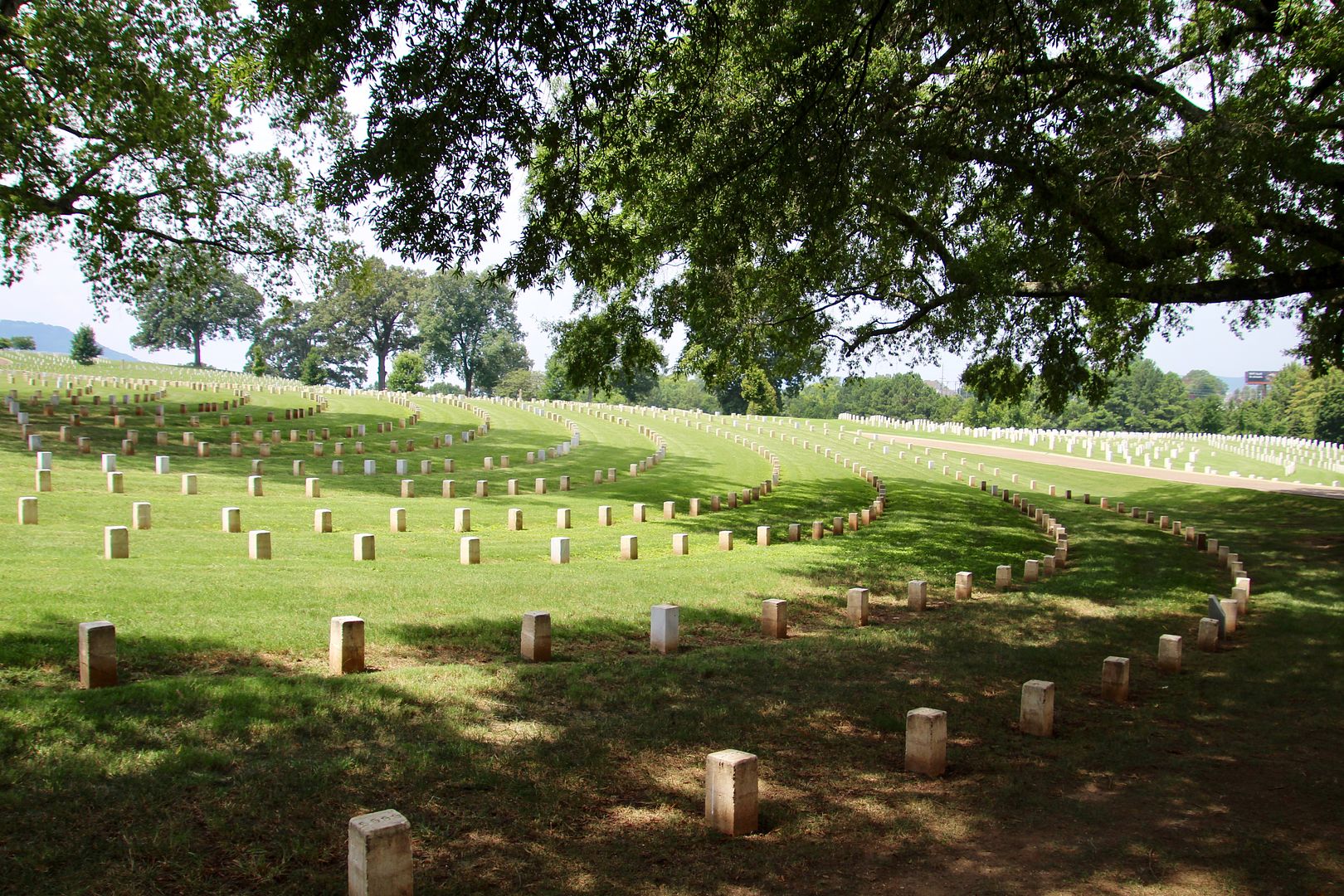
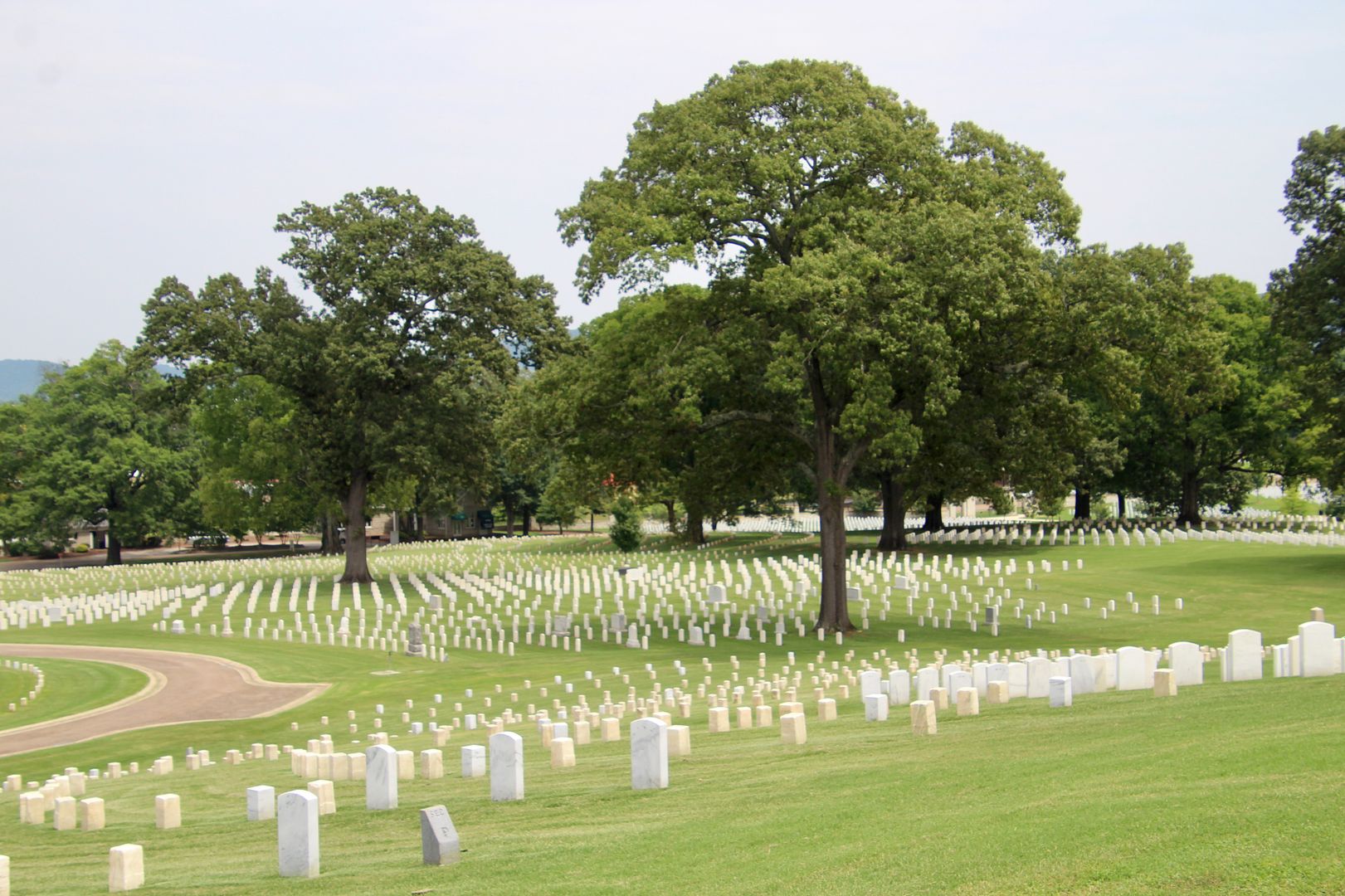

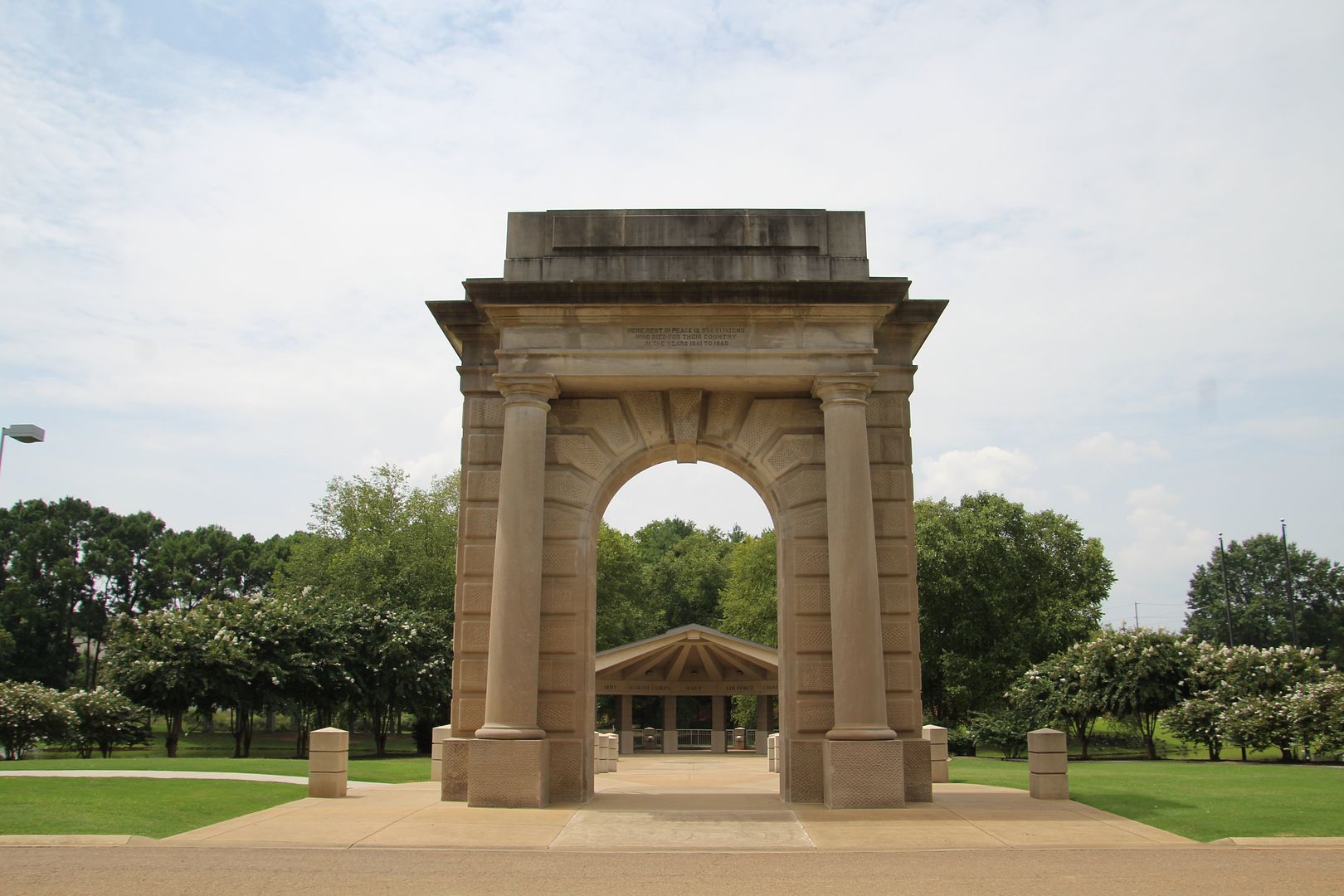
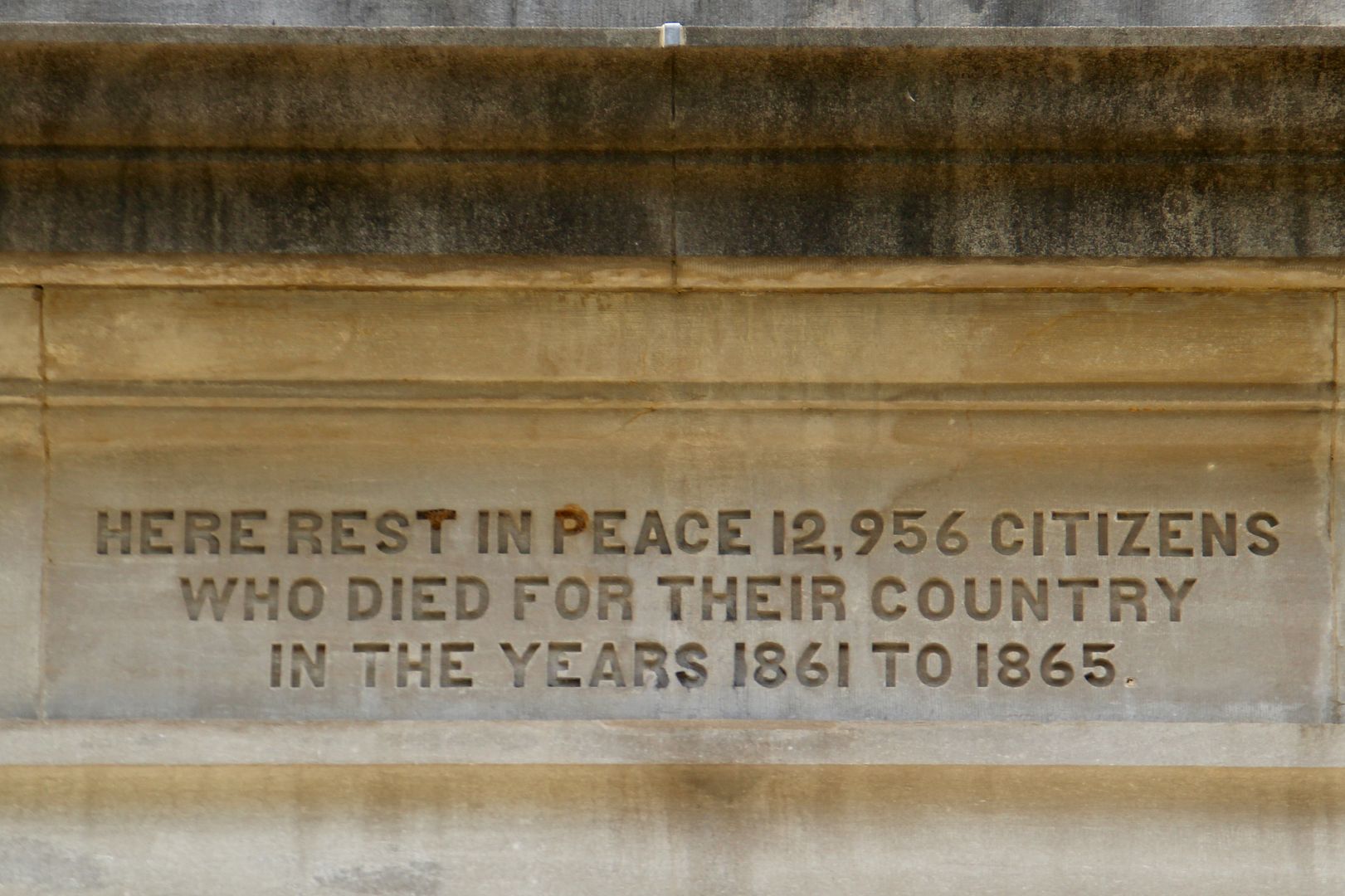

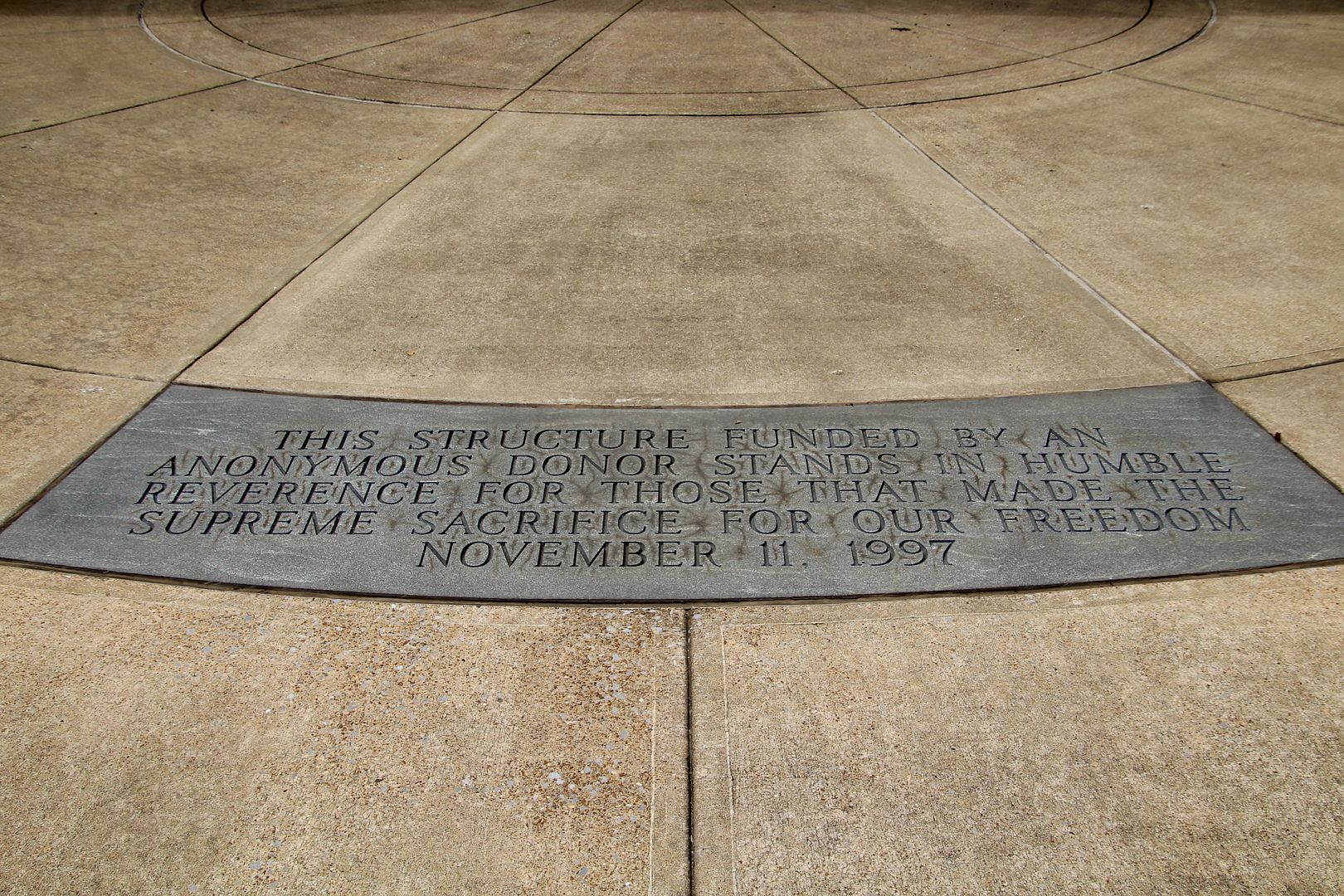
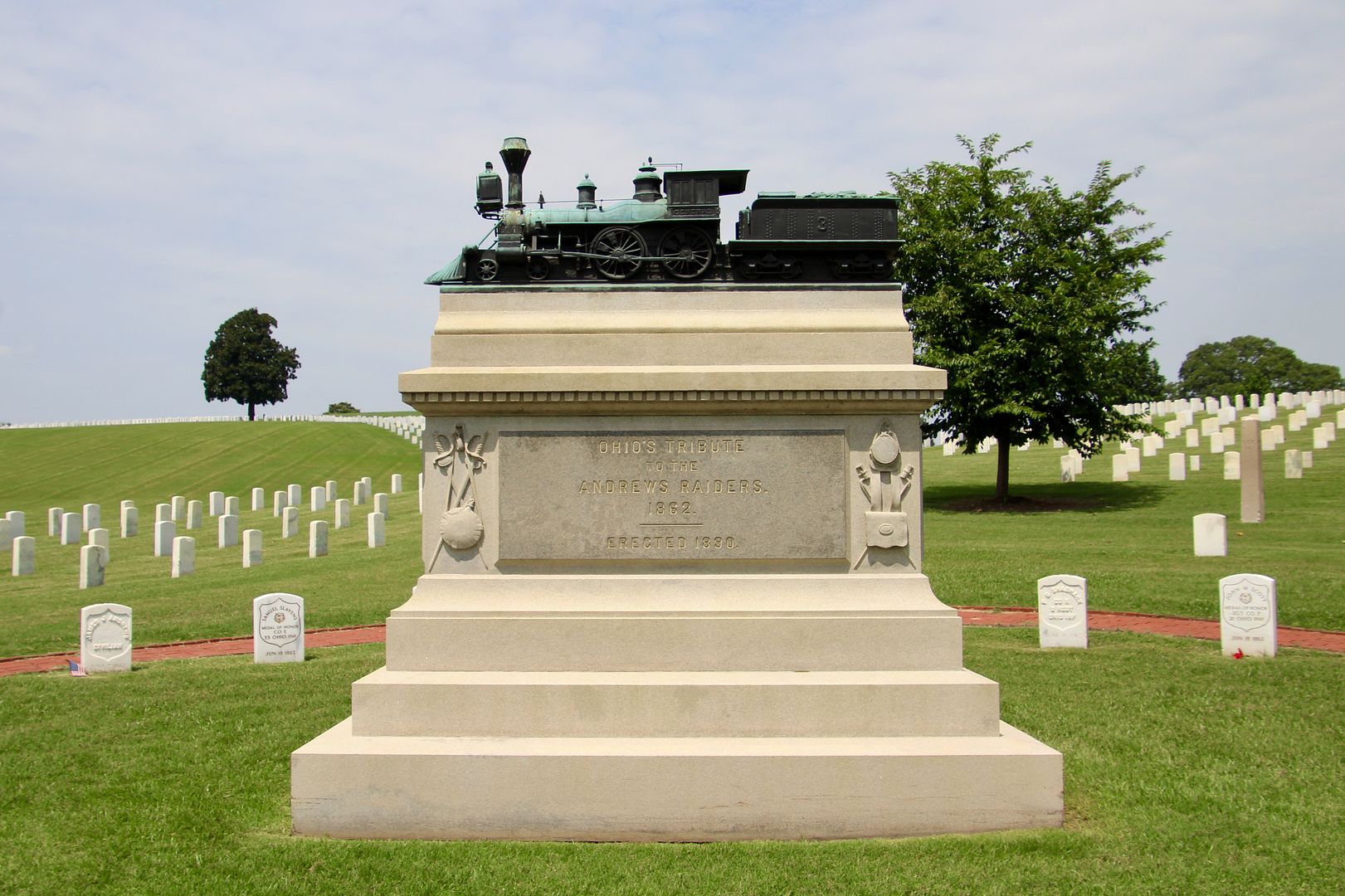
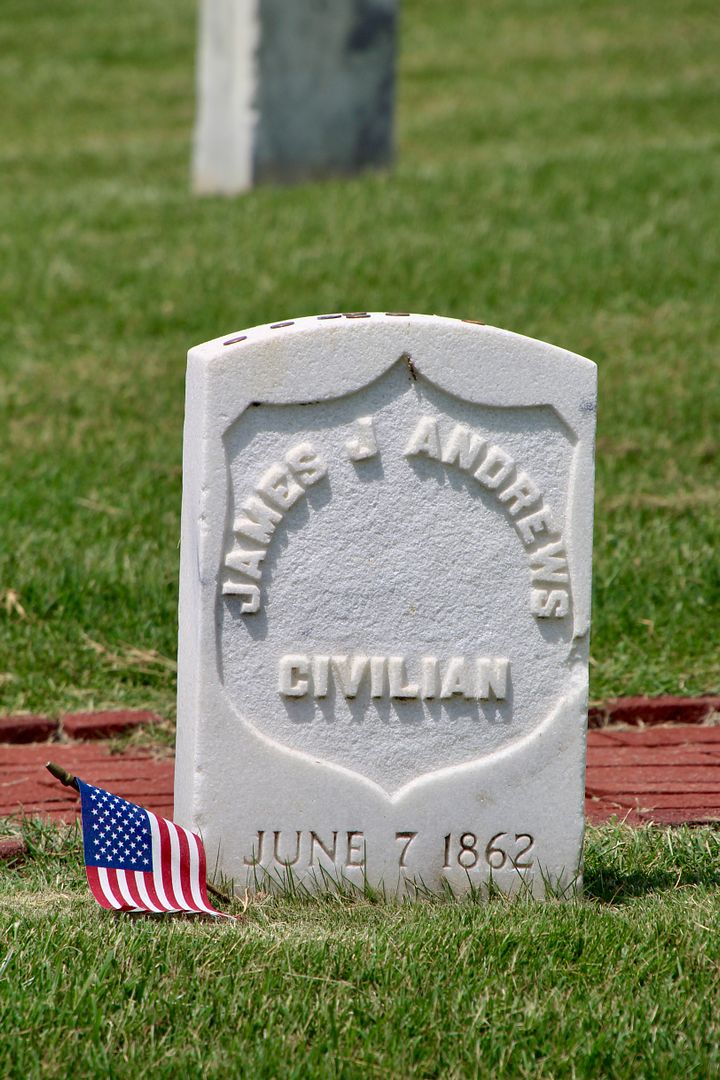
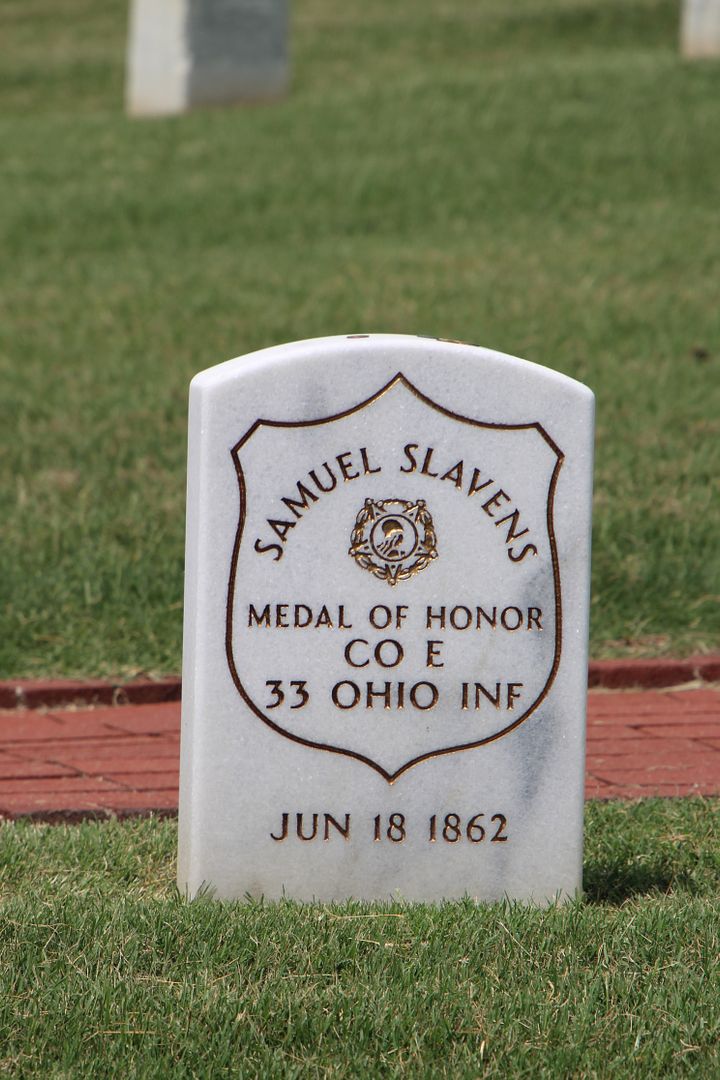
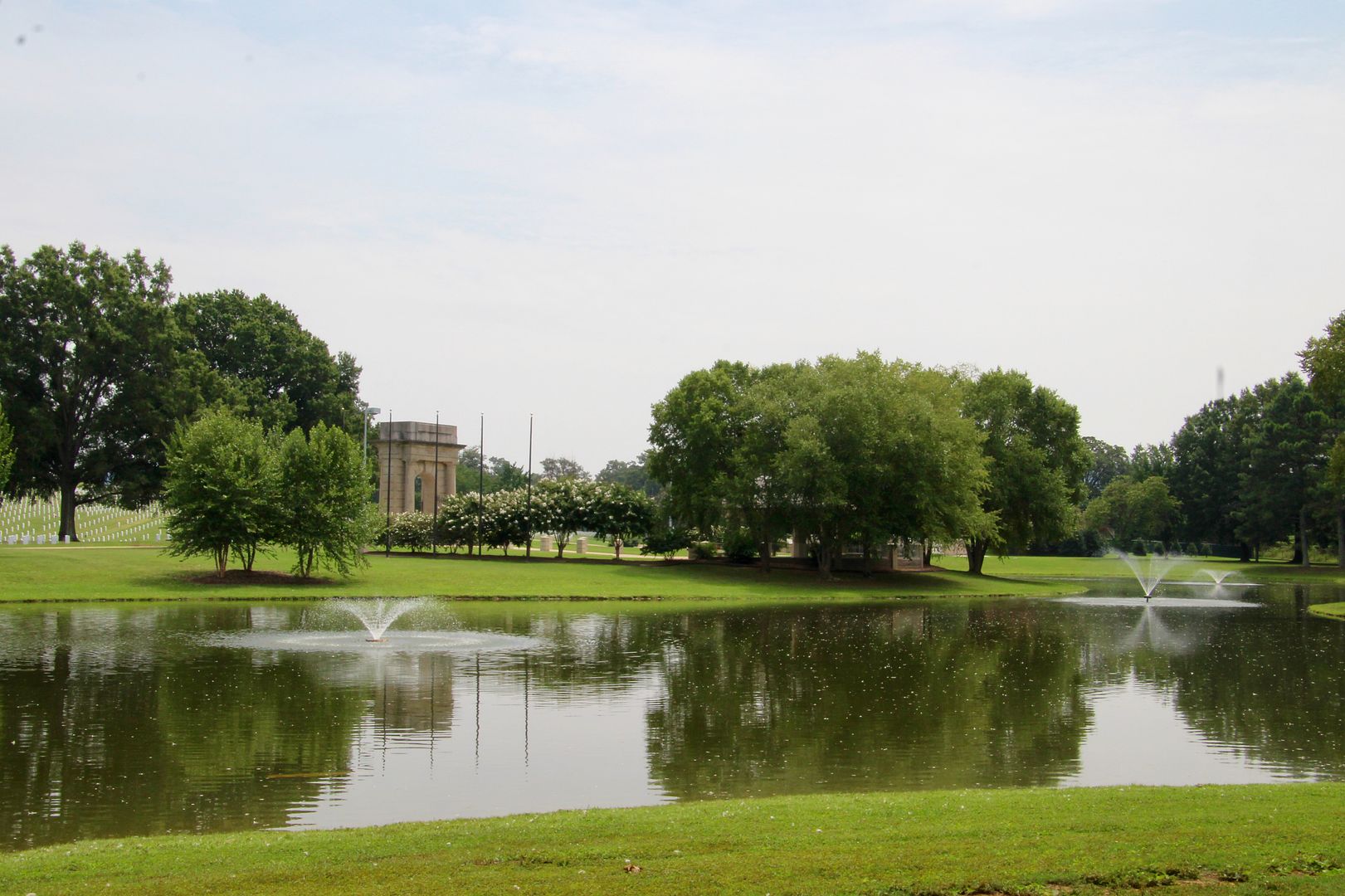

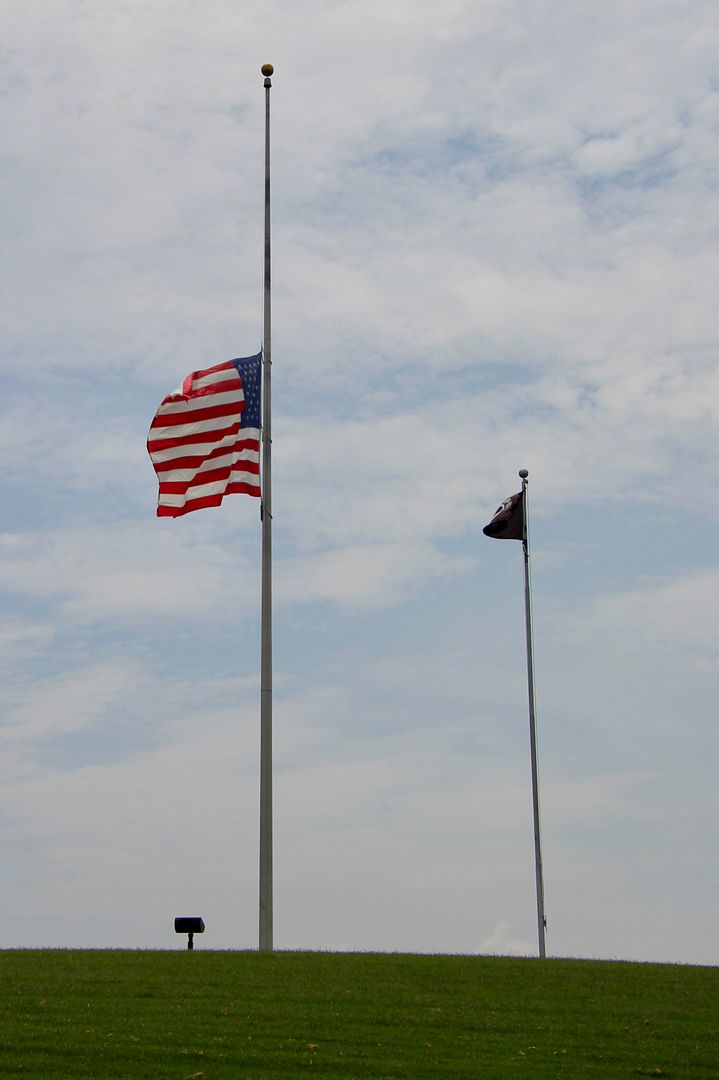
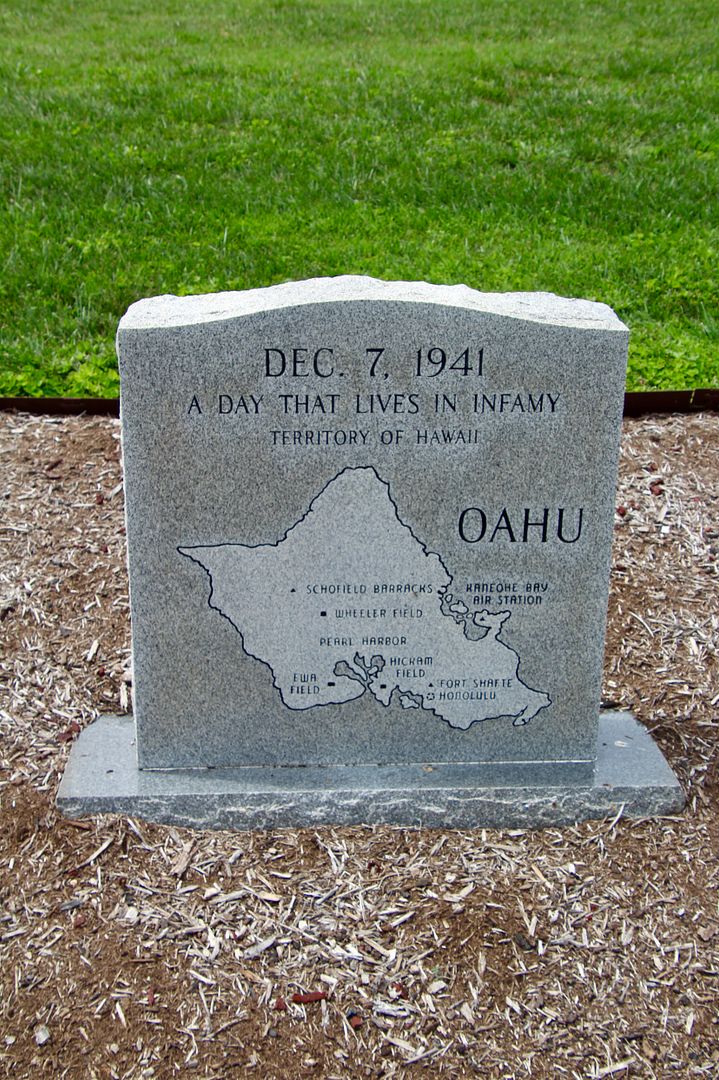
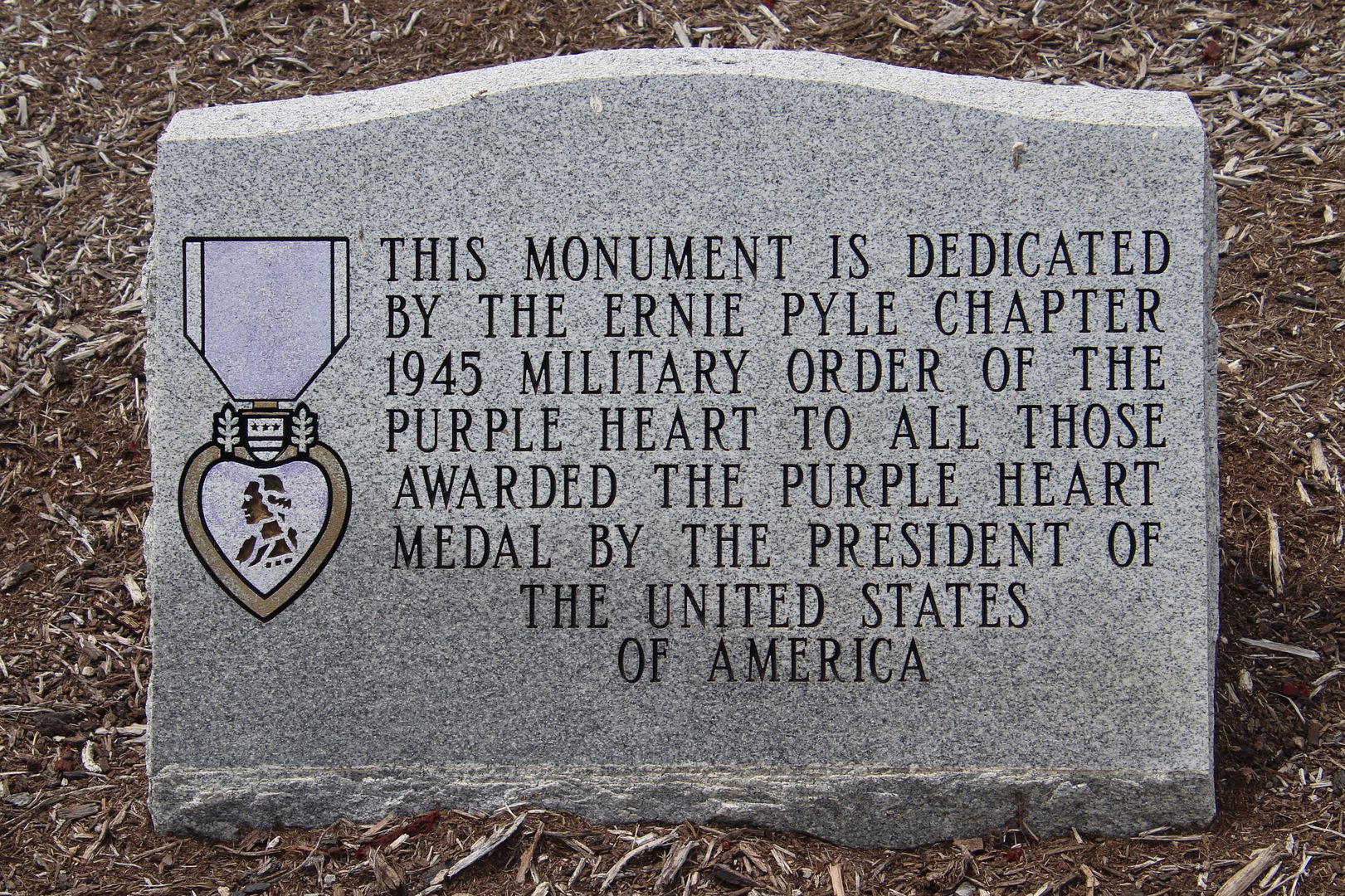
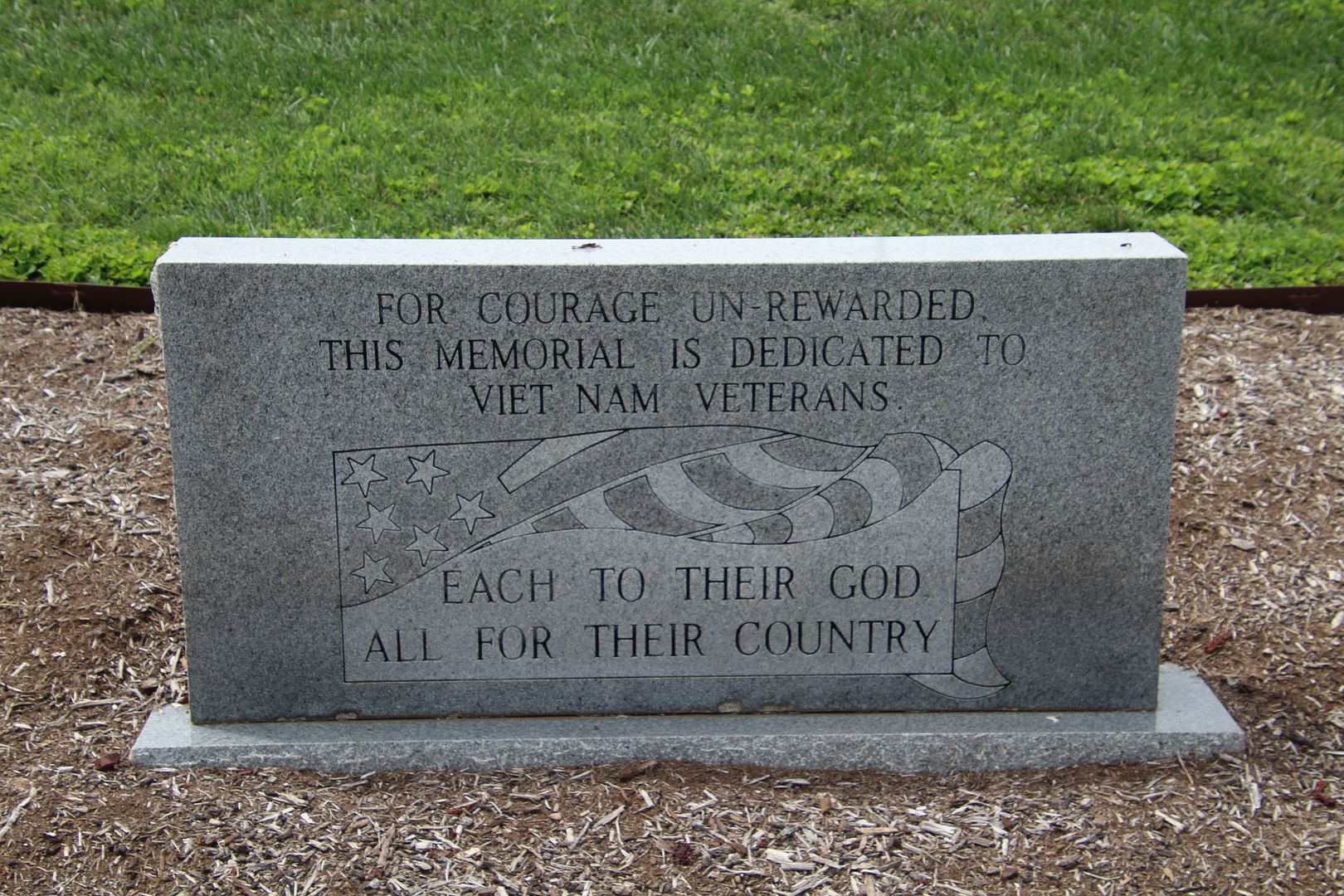
No comments:
Post a Comment